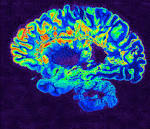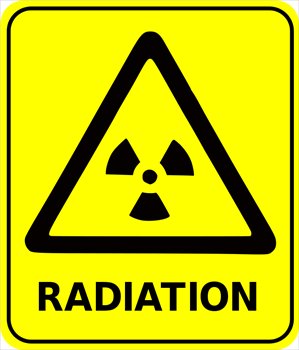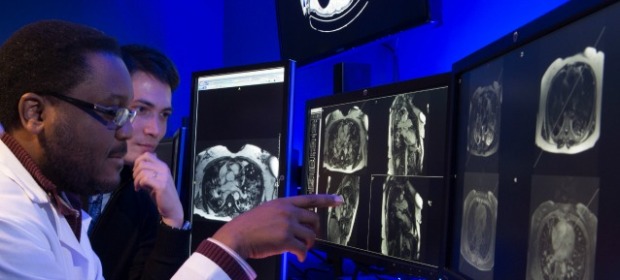Autism and Brain MRI
Wessam Bou-Assaly, MD
A national research network led by UNC School of Medicine’s Joseph Piven, MD, found
that many toddlers diagnosed with autism at two years of age had a substantially greater
amount of extra-axial cerebrospinal fluid (CSF) at six and 12 months of age, before
diagnosis is possible. They also found that the more CSF at six months — as measured
through MRIs — the more severe the autism symptoms were at two years of age.
Until the last decade, the scientific and medical communities viewed CSF as merely a
protective layer of fluid between the brain and skull, not necessarily important for
proper brain development and behavioral health. But scientists then discovered that
CSF acted as a crucial filtration system for byproducts of brain metabolism.
Every day, brain cells communicate with each other. These communications cause brain
cells to continuously secrete byproducts, such as inflammatory proteins that must be
filtered out several times a day. The CSF handles this, and then it is replenished with
fresh CSF four times a day in babies and adults.
The researchers found that increased CSF predicted with nearly 70 percent accuracy
which babies would later be diagnosed with autism. It is not a perfect predictor of autism, but the CSF differences are observable on a standard MRI. “


 The Risk of X-rays
The Risk of X-rays  Medical school requires several years and a lot of work. Wessam Bou-Assaly graduated from medical school in 2000. He studied at a university in France and then entered a radiology residency program at Caen and Lille in France. He worked hard to become a successful radiologist and to specialize in neuroradiology and
Medical school requires several years and a lot of work. Wessam Bou-Assaly graduated from medical school in 2000. He studied at a university in France and then entered a radiology residency program at Caen and Lille in France. He worked hard to become a successful radiologist and to specialize in neuroradiology and  Nuclear medicine is a sub discipline of radiology. Wessam Bou-Assaly is a radiologist who specializes in nuclear medicine. In 2007, he completed a fellowship program in nuclear medicine. He is a member of the Society of Nuclear Medicine, and he has conducted a large amount of research in the field. Nuclear medicine is different from radiology.
Nuclear medicine is a sub discipline of radiology. Wessam Bou-Assaly is a radiologist who specializes in nuclear medicine. In 2007, he completed a fellowship program in nuclear medicine. He is a member of the Society of Nuclear Medicine, and he has conducted a large amount of research in the field. Nuclear medicine is different from radiology.